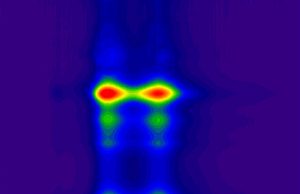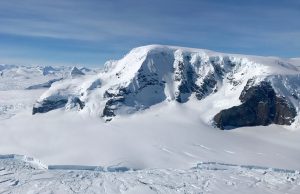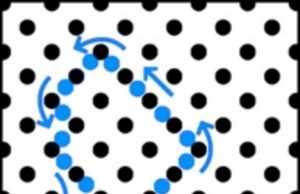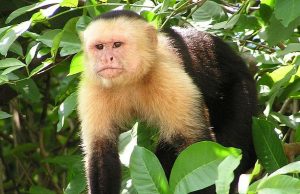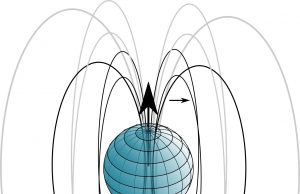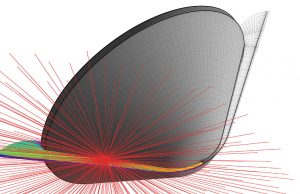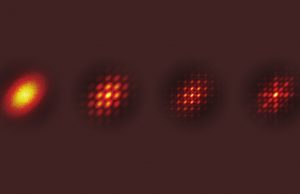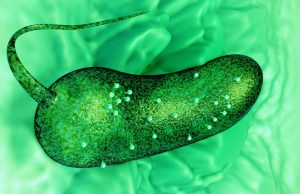Karina
The lunar cycle drives the nightjar’s migration
GPS tracking data reveals that the foraging activity of the European nightjar more than doubles during moon-lit nights, and the birds then migrate simultaneously...
Solving the mystery of quantum light in thin layers
When a current is applied to a thin layer of tungsten diselenide, it begins to glow in a highly unusual fashion. In addition to...
Scientists discover method to create and trap trions at room temperature
Trions consist of three charged particles bound together by very weak bonding energy. Although trions can potentially carry more information than electrons in applications...
Radioactive chlorine from nuclear bomb tests still present in Antarctica
Antarctica's ice sheets are still releasing radioactive chlorine from marine nuclear weapons tests in the 1950s, a new study finds. This suggests regions in...
Chains of atoms move at lightning speed inside metals
A phenomenon that has previously been seen when researchers simulate the properties of planet cores at extreme pressures has now also been observed in...
New research suggests global ice age changed the face of the...
Curtin University researchers have discovered that a global ice age more than 600 million years ago dramatically altered the face of the planet, leaving...
Monkeys outperform humans when it comes to cognitive flexibility, study finds
When it comes to being willing to explore more efficient options to solving a problem, monkeys exhibit more cognitive flexibility than humans, according to...
New understanding of the evolution of cosmic electromagnetic fields
Next year is the 200 year anniversary of the discovery of electromagnetism by the Danish physicist H.C. Ørsted. Even 200 years after its discovery,...
Analysis of Galileo’s Jupiter entry probe reveals gaps in heat shield...
The entry probe of the Galileo mission to Jupiter entered the planet's atmosphere in 1995 in fiery fashion. As the probe descended from Mach...
Stretched photons recover lost interference
The smallest pieces of nature—individual particles like electrons, for instance—are pretty much interchangeable. An electron is an electron is an electron, regardless of whether...
Scientists have first 3-D view of life’s processes in liquid
A new liquid-cell technology allows scientists to see living biological materials and systems in three dimensions under an electron microscope, according to researchers at...




